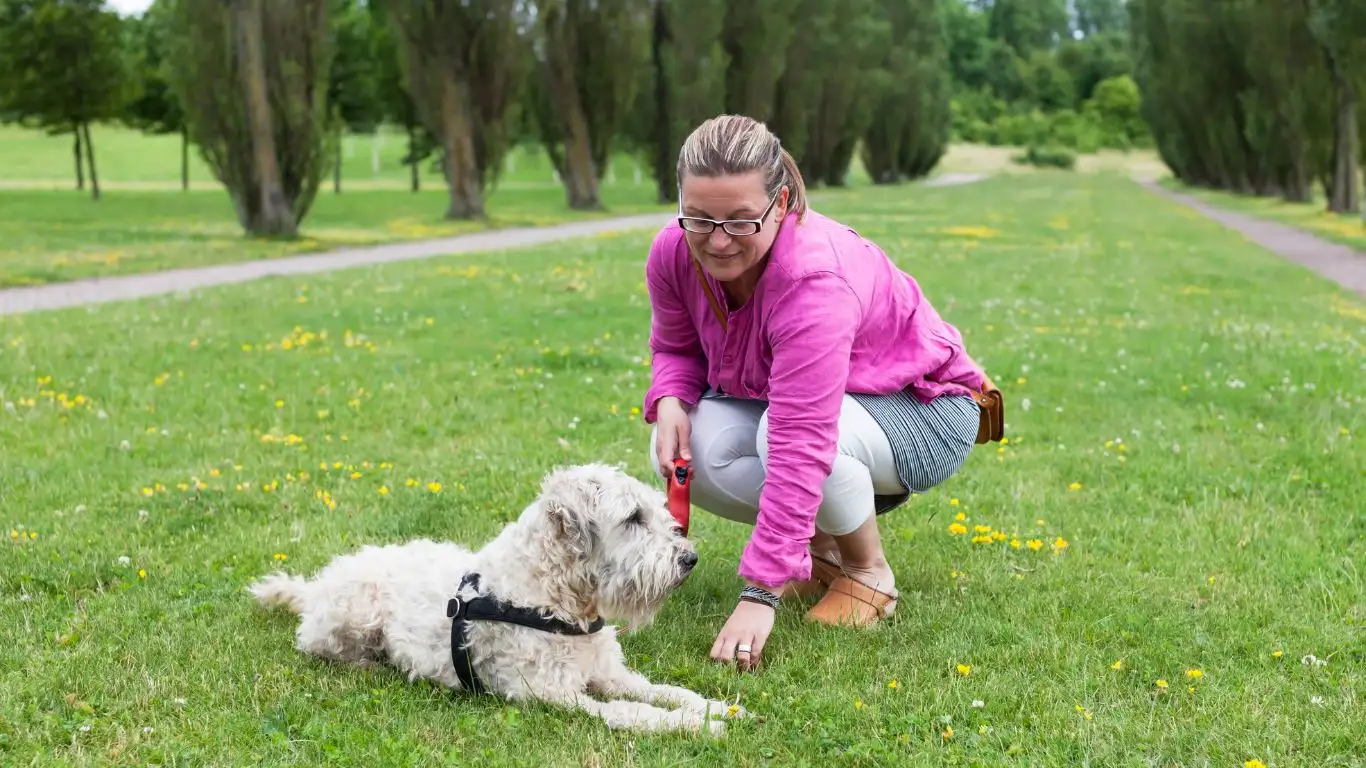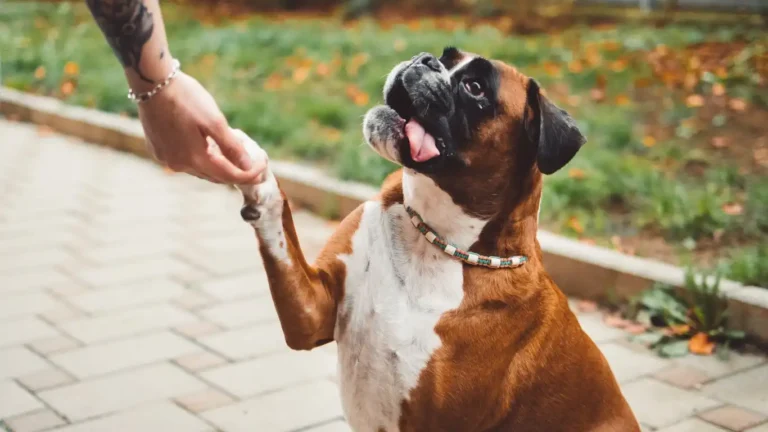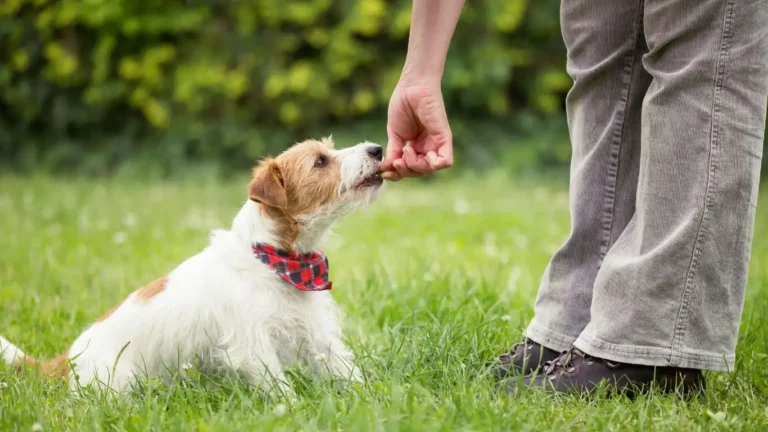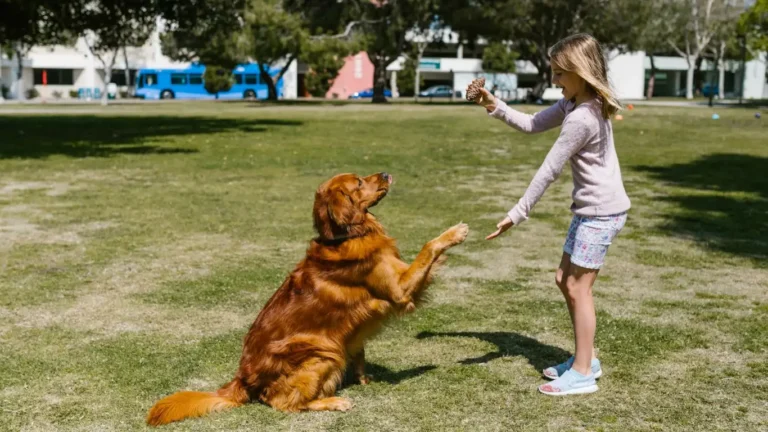Stop Your Dog from Entering Forbidden Rooms – Easy Training Guide!
If you’ve ever found yourself playing a never-ending game of “catch me if you can” with your dog as they sneak into off-limits areas, you’re not alone. Teaching your pup how to train a dog to stay out of certain rooms is a challenge many pet parents face. Whether it’s the kitchen, nursery, or that pristine guest room you want to keep fur-free, setting boundaries is crucial for both your sanity and your dog’s safety. As a Certified Professional Dog Trainer (CPDT-KA), I’ve worked with countless dogs (and their frustrated owners) to make this process smooth and stress-free. And trust me—it’s absolutely doable!
Why Dogs Wander Into Off-Limits Rooms
Before we dive into training techniques, let’s talk about the why. Dogs don’t sneak into rooms just to make your life harder (even if it feels like it). There are a few reasons your furry friend might be crossing boundaries:
- Curiosity: Dogs are natural explorers, and that closed door or unseen space is like a mystery they just have to solve.
- Food Temptation: If your dog smells something tasty in the kitchen, it’s basically an open invitation in their minds.
- Separation Anxiety: Some dogs follow their owners everywhere because they feel anxious when left alone.
- Comfort & Familiarity: If they’ve been allowed in a room before, they may not understand why it’s suddenly off-limits.
- Territorial Instincts: Some dogs feel they need to “patrol” certain areas, especially if they’ve taken on a protective role in the home.
Understanding these motivations helps us craft a training plan that actually works—one that meets their needs while respecting your household rules.
Setting the Foundation: Teaching “Stay Out” as a Command
Before you start blocking off rooms with baby gates or closing doors, it’s important to teach your dog a verbal boundary cue. One of my favorite techniques is using a clear, firm command like “Out” or “Stay Out.” Here’s how to do it step by step:
Step 1: Choose a Clear Cue
Pick a simple command that everyone in your home will use consistently. I personally use “Out” because it’s short and easy for dogs to recognize.
Step 2: Use Positive Reinforcement
Dogs learn best when they associate an action with a positive outcome. Here’s how to reinforce the “Out” command:
- Stand near the doorway of the room you want to keep off-limits.
- When your dog approaches, calmly but firmly say “Out”.
- If they back away or hesitate, immediately praise them and offer a treat.
- If they don’t listen, gently guide them back with a leash and repeat.
- Repeat several times a day until they start responding to the command on their own.
With consistency, your dog will start associating “Out” with backing away from the room.
Physical Boundaries: Do You Need a Barrier?
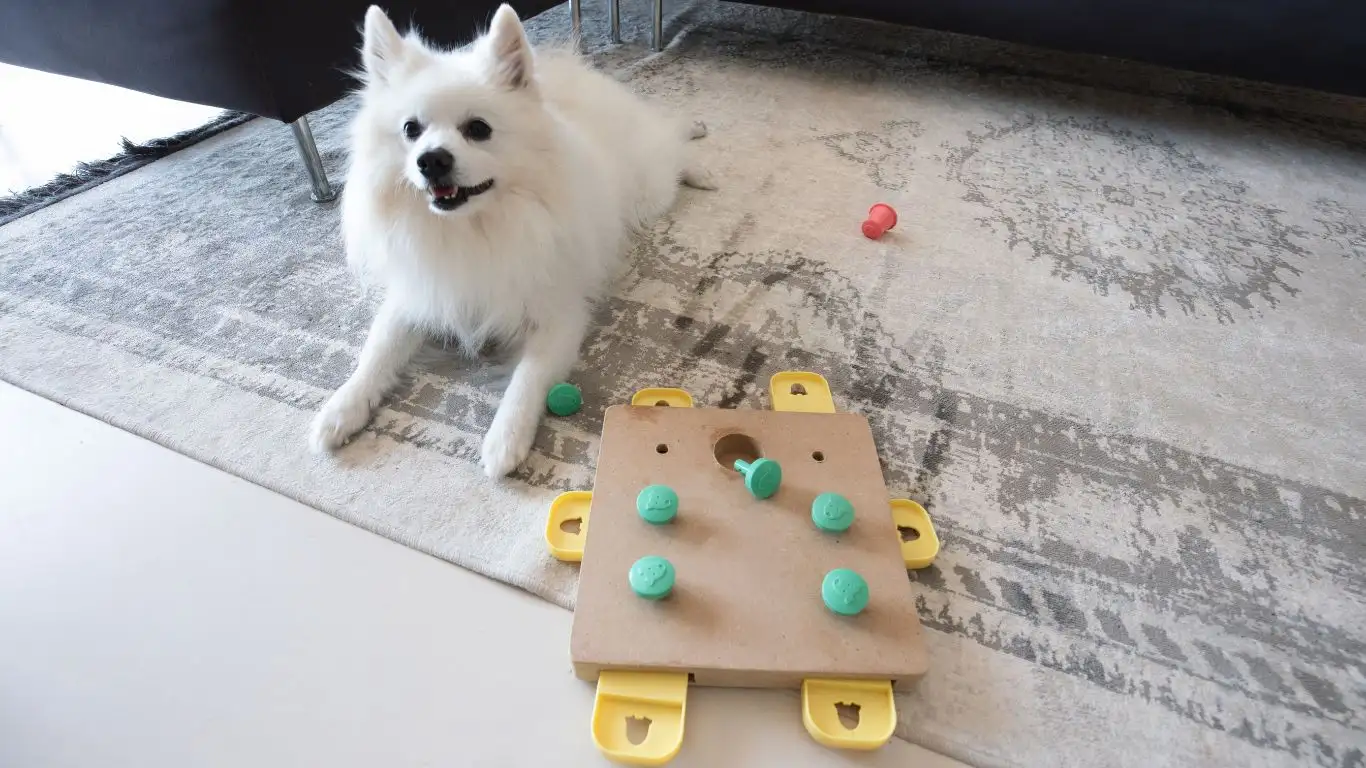
While training is key, some dogs (especially the persistent ones!) need extra reinforcement. That’s where physical barriers come in. Here are a few options:
- Baby Gates: One of the easiest ways to block off a room while still allowing airflow and visibility.
- Closed Doors: If you’re dealing with a room that rarely needs access, simply shutting the door can be the simplest fix.
- Scat Mats or Motion Sensors: Some dogs need a little extra deterrent, and these can help reinforce the boundary.
In my experience, a combination of training and a temporary barrier works best—especially in the early stages.
Consistency is Key: Reinforcing Boundaries Over Time
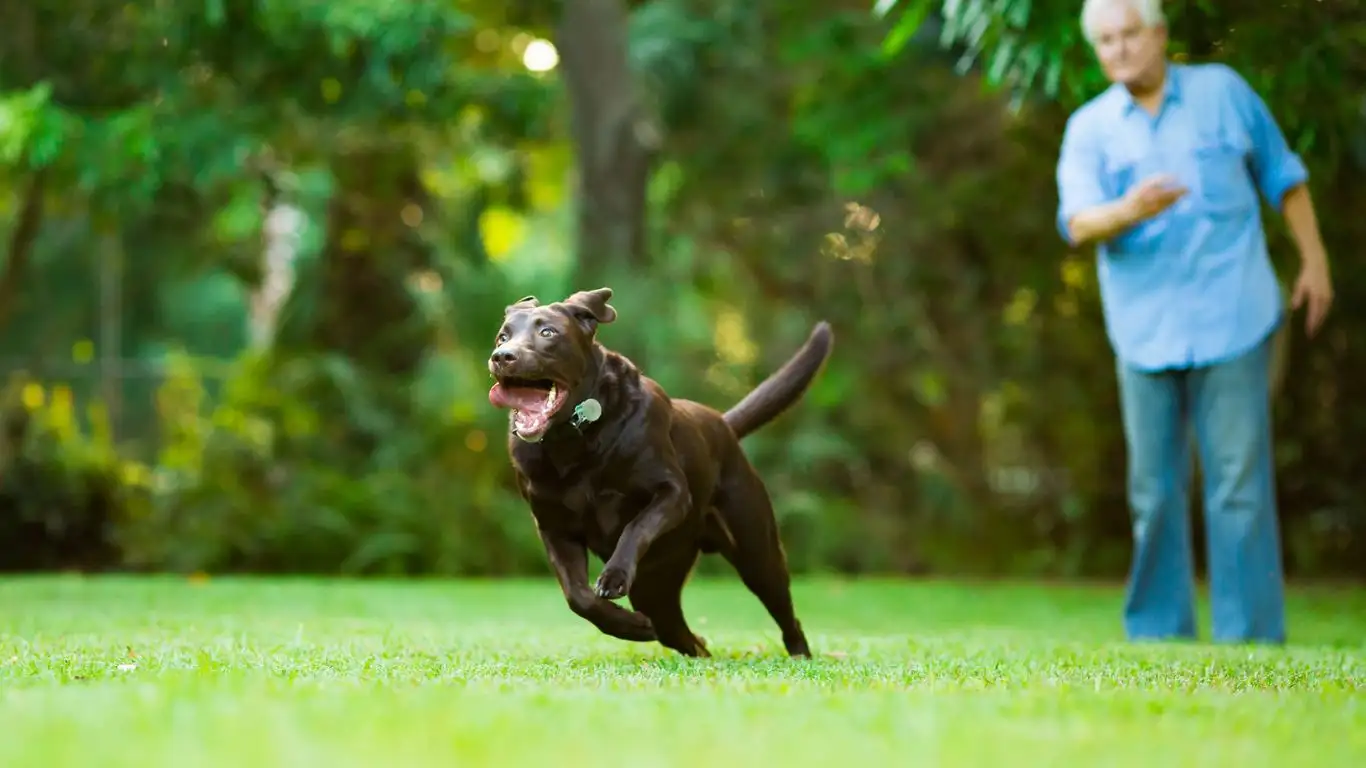
So, you’ve introduced the “Out” command and maybe even set up a physical barrier. Great! But the real magic happens with consistency. Dogs thrive on routine, and if you’re not reinforcing the boundary daily, they’ll push limits faster than you can say “not again!”
Here’s how to make sure your dog truly understands the rule:
- Repetition: Just like any training, reinforcing the “Stay Out” rule multiple times a day is crucial.
- Everyone must follow the rule: If one family member allows the dog inside the forbidden room, it confuses them. Make sure everyone is on the same page.
- Catch slip-ups immediately: If your pup sneaks in, don’t wait to correct them. A firm “Out” and gentle redirection will reinforce the rule.
- Reward good behavior: If your dog voluntarily avoids the room, praise them! A small treat or even verbal affirmation helps cement the habit.
In my experience, dogs who get mixed signals take much longer to learn. Stick with it, and you’ll be amazed at how quickly they catch on.
Alternative Training Methods for Stubborn Pups
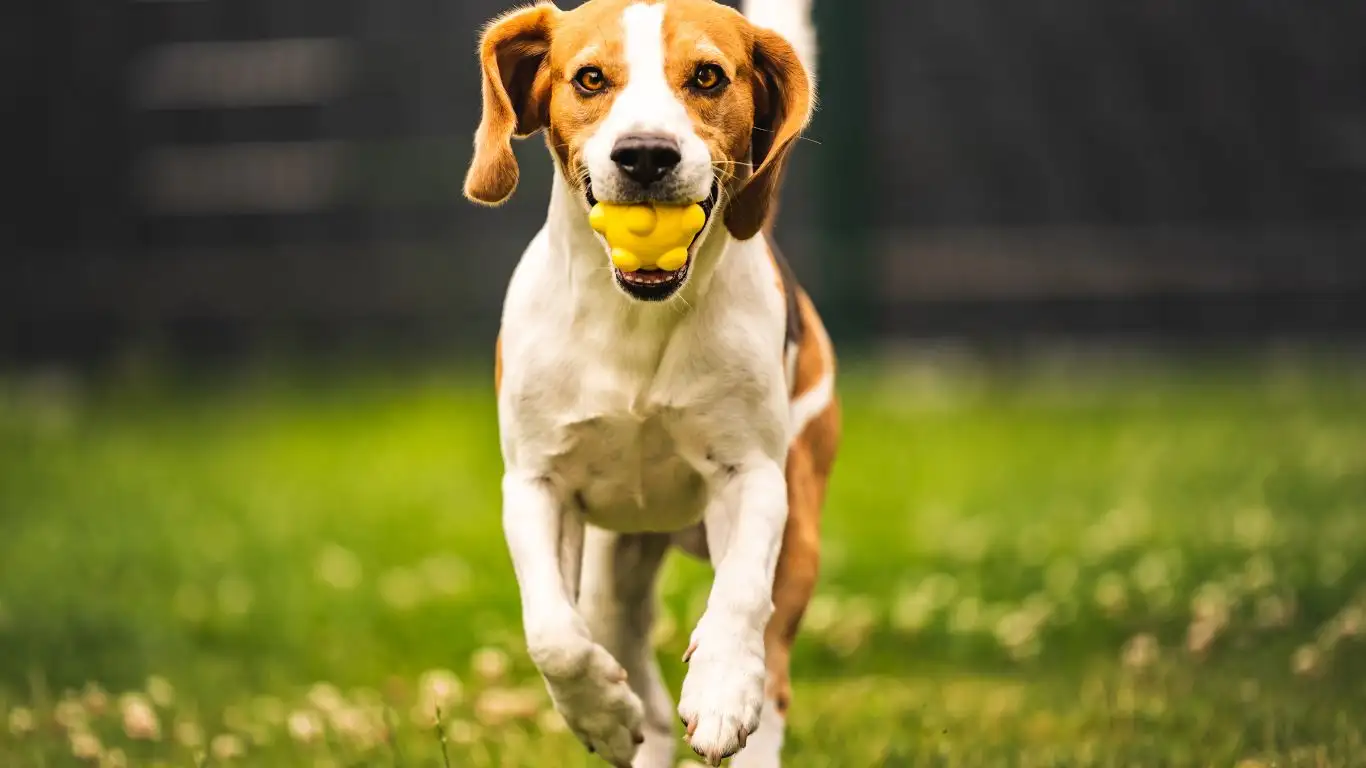
Some dogs are just extra determined. I’ve had clients with Huskies who act like master escape artists and Labs who think every room is their personal buffet. If your dog is particularly persistent, try these alternative approaches:
Leash Training for Boundary Awareness
Using a leash inside the house might seem odd, but it’s an effective way to guide your dog away from off-limits areas.
- Attach a lightweight leash to your dog while inside the house.
- Walk them towards the restricted room and issue the “Out” command.
- If they attempt to enter, gently redirect them with the leash.
- When they stop before crossing the boundary, reward them with praise or a treat.
Do this a few times a day, gradually removing the leash once they begin stopping on their own.
Using Scent as a Deterrent
Dogs have an incredibly strong sense of smell, and you can use that to your advantage. Certain scents can make a room less appealing to them.
- Citrus: Many dogs dislike the smell of oranges, lemons, or limes. Spritzing a diluted citrus spray near the doorway can deter them.
- Vinegar: A small bowl of vinegar near the entryway can keep your pup from wanting to enter.
- Pet-safe deterrent sprays: These are specially designed to discourage dogs from certain areas.
This method is especially useful for keeping dogs out of certain rooms when you’re not home to enforce the rule.
When to Seek Professional Help

Most dogs can learn boundaries with patience and consistency, but sometimes, professional help is the best option—especially if:
- Your dog has severe separation anxiety and follows you into every room, no matter what.
- They’re showing territorial aggression about certain rooms.
- They’ve developed a habit of resource guarding in a specific space.
- Traditional training methods aren’t working, no matter how consistent you are.
A professional dog trainer (like yours truly!) can evaluate your dog’s behavior and create a customized plan. Sometimes, a fresh perspective is all you need to see progress.
Stay tuned—there’s still more to cover! We’ll go deeper into advanced training techniques and solutions for specific challenges next.
Advanced Training Techniques for Long-Term Success
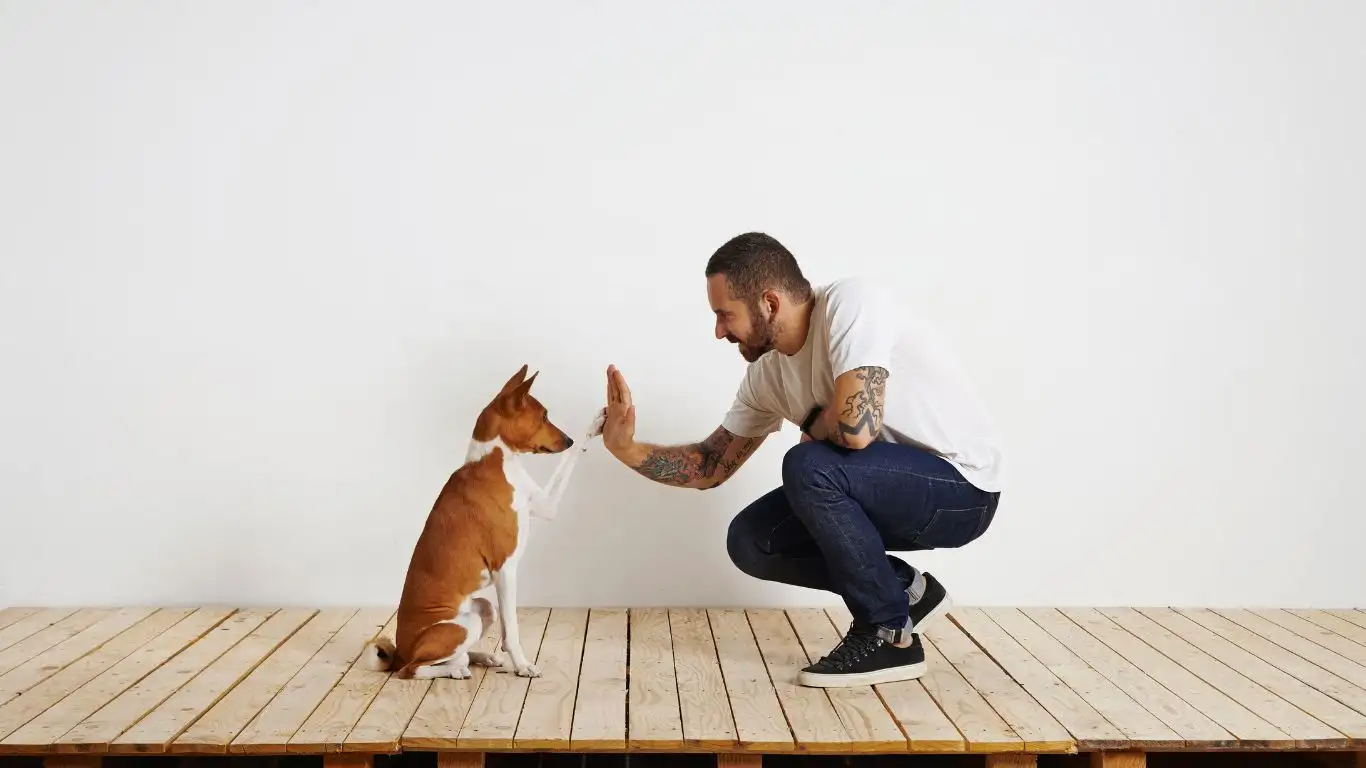
By now, your pup should have a pretty good understanding of the “stay out” rule. But let’s be honest—some dogs need a little extra reinforcement, especially if they’re persistent boundary pushers. That’s where advanced training techniques come in.
Teaching an Automatic Boundary Stop
If you want your dog to stop at a doorway without needing a verbal command every time, you can train them to recognize an invisible boundary.
- Pick a visual marker, like a small rug or a strip of tape across the doorway.
- Walk your dog toward the boundary on a leash.
- When they reach the marker, say “Stop” and gently block them with your body.
- When they pause, reward them with a treat.
- Repeat this daily, gradually phasing out the leash.
With consistency, your dog will start associating that marker with stopping—without you having to say a word.
Using Clicker Training for Precision
Clicker training can speed up the learning process by marking the exact moment your dog makes the right choice.
- Hold a clicker in one hand and treats in the other.
- Guide your dog to the room’s entrance.
- When they stop before crossing the boundary, click and reward.
- Over time, they’ll associate stopping at the doorway with positive reinforcement.
This technique works especially well for visual learners and high-energy dogs who need clearer communication.
What to Do If Your Dog Regresses
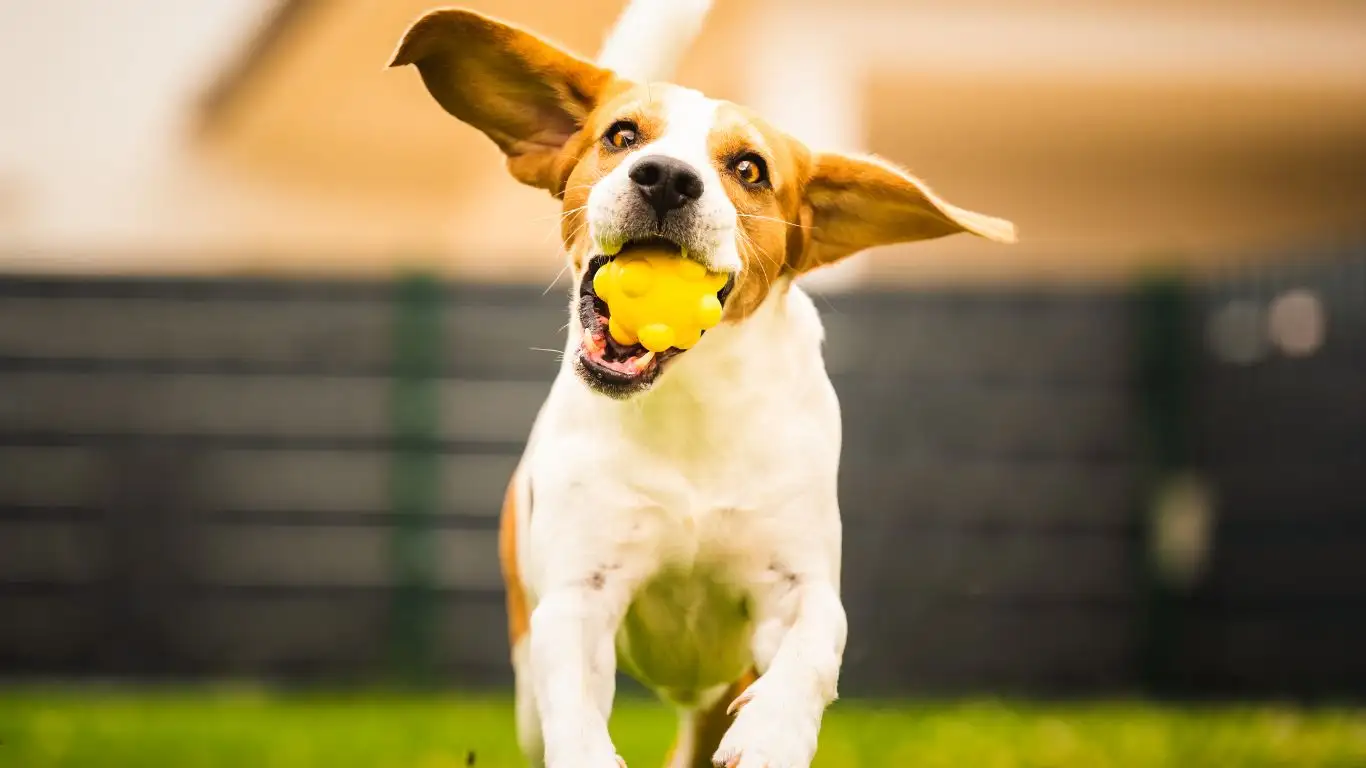
Even well-trained dogs have setbacks. Maybe a guest lets them into a no-go zone, or they suddenly develop a fascination with your home office. If your dog regresses, don’t panic—it’s completely normal. Here’s how to get them back on track:
Reset the Training
Go back to the basics. Reinforce the “Out” command with treats and praise. Use a leash if needed, and be consistent with your expectations.
Increase Supervision
If your dog is sneaking into restricted rooms when you’re not looking, try using baby gates or a pet camera to monitor their behavior when you’re not around.
Reinforce the Positive
Sometimes, dogs break the rules because they get more attention when they misbehave. If your pup respects the boundary, shower them with praise—even if it’s just a simple “Good dog!”
Final Thoughts: A Happy, Well-Behaved Dog
Training your dog to stay out of certain rooms isn’t just about setting boundaries—it’s about creating a harmonious home where both you and your furry friend feel comfortable. With patience, consistency, and the right techniques, your dog will learn to respect the rules. And trust me, when you can finally enjoy your clean guest room or a fur-free dinner, it’ll all be worth it.
References
- American Kennel Club (AKC) – Expert dog training tips and breed-specific advice.
- ASPCA – Resources on positive reinforcement training and pet behavior.
- The Humane Society – Guidelines on ethical training practices and pet welfare.
Disclaimer
This article is for informational purposes only and should not replace professional training advice. If your dog has behavioral challenges beyond basic training, consult a certified professional dog trainer or veterinarian.
